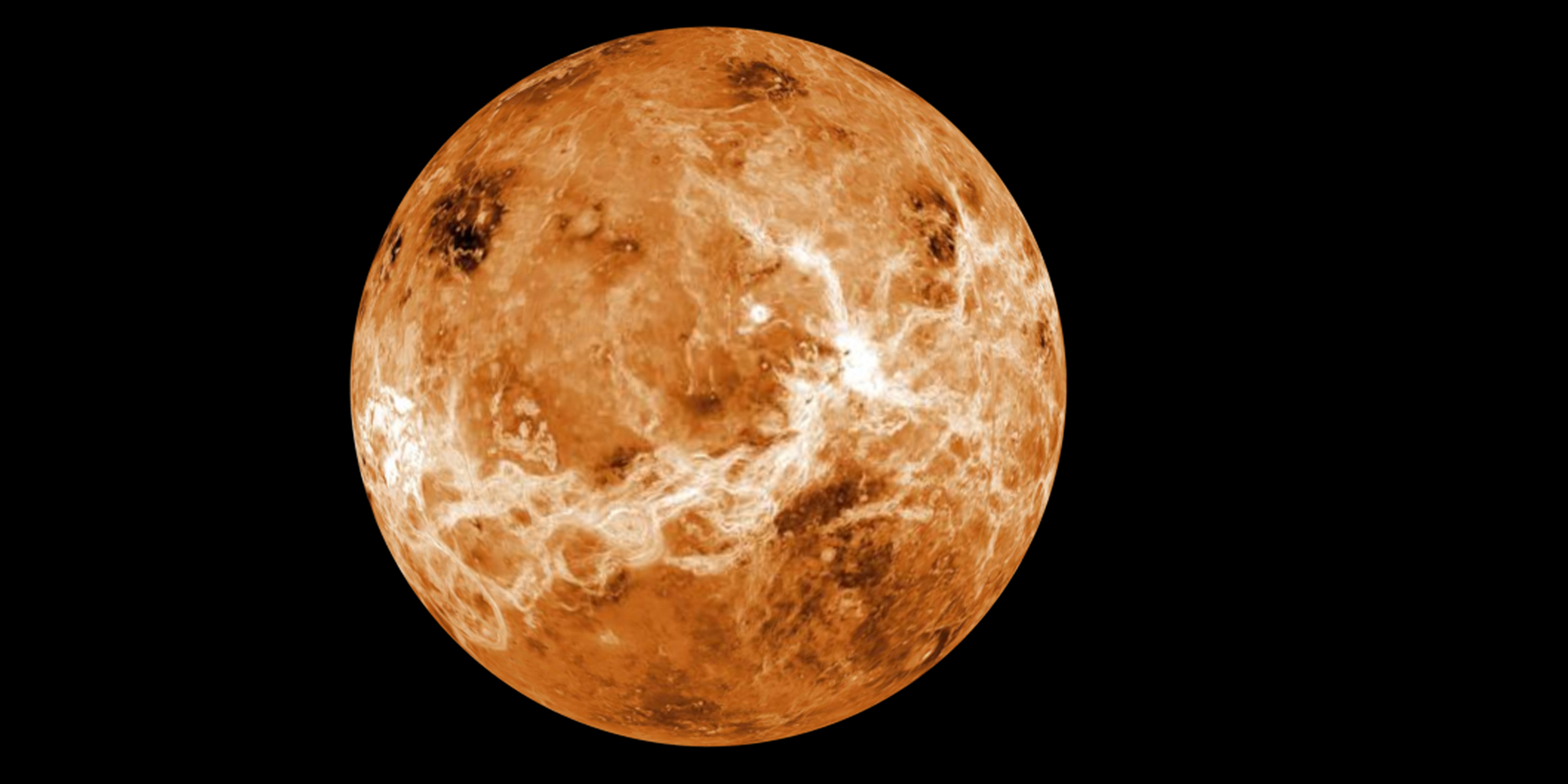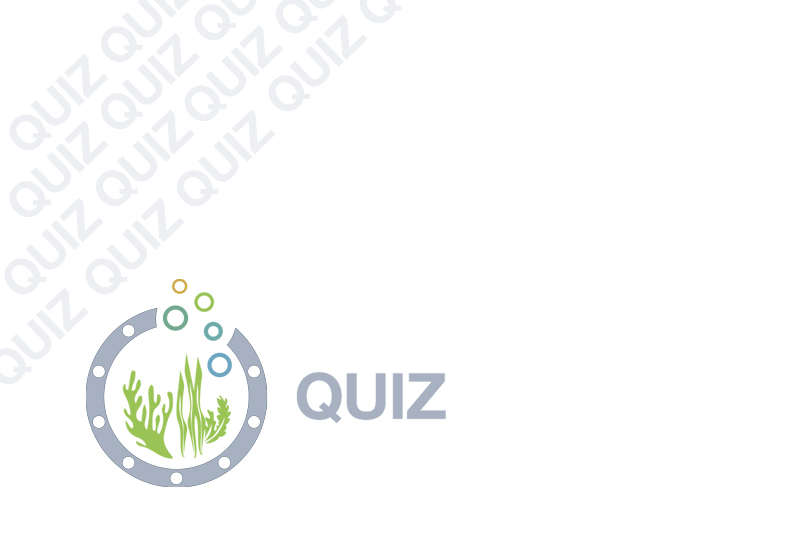
OLN.G | Venus
If you remember that it three days to fly to the moon, how long would it take to reach our sun, which is 149 million kilometres from Earth? Again, I’ll save you the math – it would take you 230 days to reach the sun from Earth…and that’s nowhere near the longest drive in the solar system. We’ll get into the really long trips in the next lesson, but for now, let’s talk about the other planets in our immediate neighbourhood.
As you travel on your 230-day trip to the Sun, you’ll close in on Venus first, in about 58 days, assuming that it’s at its closest point to Earth as you’re going by. As you pass Venus, you’ll see a bright, beautiful planet covered with a thick atmosphere, but you’re going to want to keep right on going. Although beautiful, Venus is a deadly place.
Venus is named for the Roman goddess of love, because it shone the brightest of the five planets known to ancient astronomers. Its surface is rocky and we think its core is made of iron. Scientists have considered colonizing Venus for a long time, but its inhospitable surface means that we would have to do so above the clouds.
The atmosphere on Venus is so thick that heat can’t escape the planet’s surface, so the temperature there is hot enough to melt lead – 864 degrees Fahrenheit, or 462 degrees Celsius.
In addition to the heat, the air pressure on the surface of Venus is 89 atmospheres, making it one of the most unwelcoming places in our solar system. In order to experience 89 atmospheres of pressure here on Earth, you’d have to go almost 900 metres below sea level.
 And as if the heat and pressure weren’t bad enough, the atmosphere itself is mostly made of carbon dioxide. No breathing on Venus for humans, thanks.
And as if the heat and pressure weren’t bad enough, the atmosphere itself is mostly made of carbon dioxide. No breathing on Venus for humans, thanks.
Venus has the longest day of all the planets in the solar system: 243 days, just to make one full rotation. To make things more interesting, a year on Venus lasts about 225 days. Yep, you read that right. A day on Venus lasts almost twenty “Earth days” longer than a year.
Venera 13, a probe launched by the Soviet Union in 1981, landed on the surface but managed to survive only 127 minutes before it was crushed and incinerated. It did manage to send back the first colour images from the surface of Venus, though, and we learned a great deal about the planet from that attempt. In 1990, NASA launched Magellan, which mapped 98 percent of Venus’ surface. It sent back high-quality radar images of the Venusian terrain that showed evidence of vulcanism, tectonic movement, turbulent surface winds, kilometers of lava channels, and pancake-shaped domes.
So, best to fly on past Venus on your way to the sun.
Curriculum Reference Links
- Earth and Space / Building Blocks/ 1: Students should be able to describe the relationships between various celestial objects including moons, asteroids, comets, planets, stars, solar systems, galaxies and space.
- Earth and Space / Building Blocks/ 3: Students should be able to interpret data to compare the Earth with other planets and moons in the solar system, with respect to properties including mass, gravity, size, and composition.




